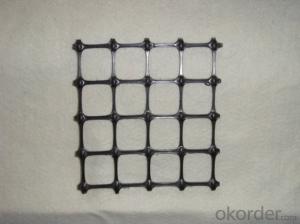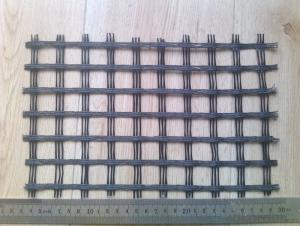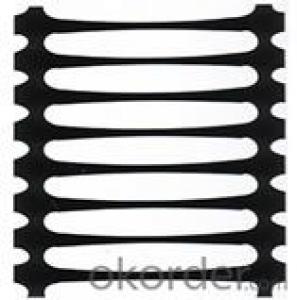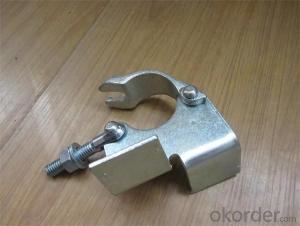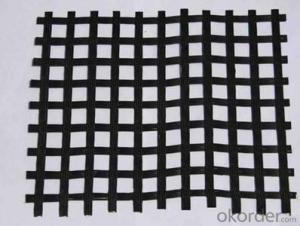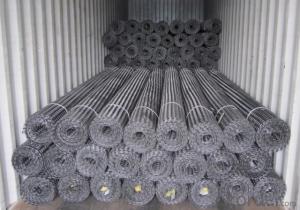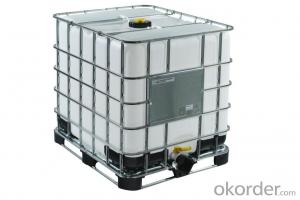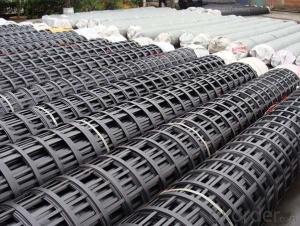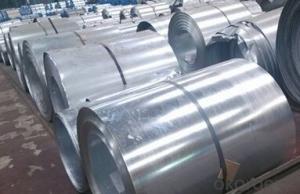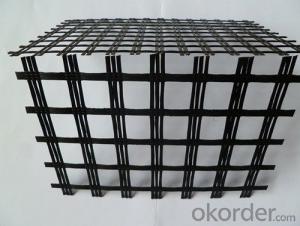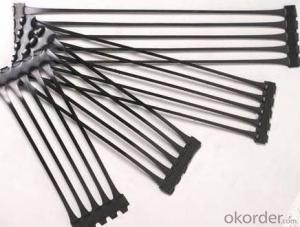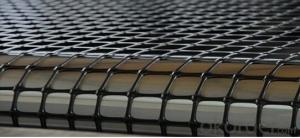Geogrid Retaining Walls
Geogrid Retaining Walls Related Searches
Led For Cannabis Growing Fiberglass Panels For Roofing Geogrid For Retaining Wall Geogrid For Erosion Control Geogrid For Road Stabilization Geogrid For Gravel Roads Geogrid For Gravel Driveway Geogrid For Roads Geogrid For Driveway Geogrid For SlopesHot Searches
Steel Mesh Panels For Sale Price For Stainless Steel Scrap Scrap Price For Stainless Steel Cheap High Tea Sets For Sale Stainless Steel Tanks For Sale High Density Fiberboard For Sale Solar Hot Water Collectors For Sale Scaffolding For Sale In Uae Scaffolding For Sale In Ireland Scaffolding For Sale In Houston Type Of Inverter For Solar Price Of Shipping Containers For Sale Types Of Inverter For Solar Stock Price For Aluminum Used Solar Inverter For Sale Portable Led Signs For Sale Stone Hot Water Bottles For Sale Large Led Screens For Sale Used Aluminum Scaffolding For Sale Steel Mesh Panels For SaleGeogrid Retaining Walls Supplier & Manufacturer from China
Okorder.com is a professional Geogrid Retaining Walls supplier & manufacturer, offers integrated one-stop services including real-time quoting and online cargo tracking. We are funded by CNBM Group, a Fortune 500 enterprise and the largest Geogrid Retaining Walls firm in China.Hot Products
FAQ
- Yes, geogrids are suitable for use in slope stabilization for mining tailings dams. Geogrids are strong and durable materials that can provide reinforcement and stability to slopes. They can effectively prevent erosion and soil movement, reducing the risk of slope failure in mining tailings dams. Additionally, geogrids are cost-effective and easy to install, making them a reliable solution for slope stabilization in these specific environments.
- How does the steel plastic geogrid stretch? Where do you have a special fixture to sell? What is the best thing to use?
- High strength, small deformation; 2 small creep; 3 corrosion resistance, long service life: steel plastic geogrid with plastic material as a protective layer, which is supplemented with a variety of additives in aging resistance, oxidation resistance, corrosion resistance to acid and alkali, salt and other harsh environment. Therefore, the steel plastic geogrid can meet the needs of more than 100 years of permanent engineering applications, and excellent performance, good dimensional stability. 4 convenient construction, short cycle, low cost, steel plastic geogrid laying, lapping, easy positioning and smooth, to avoid overlap, can effectively shorten the construction period, save the project cost 10%-50%. Engineering applications: highway, railway, bridge, road, pier, dam, slag field, such as soft soil foundation reinforcement, retaining wall and pavement crack resistance engineering and other fields. The effect of the project: 1, the intensity is big, the creep is small, adapts to each kind of environmental soil, can satisfy the high grade highway in the high retaining wall.
- Yes, geogrids can be used in subgrade improvement. Geogrids are commonly used to reinforce weak or unstable soil in subgrade applications. They provide additional strength and stability to the soil, allowing for better load distribution and reducing settlement.
- Details of fiberglass geogrid
- 3, high temperature rutThe asphalt concrete has rheological properties at high temperature, specific performance in summer: asphalt road surface soft and sticky; under the vehicle load, the stress area from depression, vehicle load after the removal of the asphalt surface layer cannot be completely restored to the loading condition before, which produce plastic deformation in the vehicle repeatedly; under the action of rolling plastic deformation accumulation, rutting. We analyze the asphalt pavement structure, because of high temperature asphalt concrete with rheology, while under load, without any constraint mechanism can aggregate movement of the asphalt concrete surface layer, resulting in asphalt surface layer goes on, this is the main reason of the formation of rutting.The fiberglass geogrid is used in the asphalt overlay, which plays the role of skeleton in the asphalt surface layer. The asphalt concrete aggregate throughout the grid, to form a composite mechanical interlocking system, limit the aggregate movement, increase the lateral cover surface layer in asphalt binding, each part of the asphalt layer in each other, to prevent the asphalt surface layer goes on, which plays the role of rutting resistance.
- Building houses and roads require pipes and geotextile, grille?
- One way tensile plastic geogrid: Polyethylene one-way tensile geogrid is made of high density polyethylene (HDPE) as raw material, through plasticizing extrusion plate, punching, heating, stretching
- The installation of geogrids is typically carried out by first preparing the subgrade or soil surface. The area is then cleared of any debris or vegetation, and the soil is compacted to provide a stable foundation. Once the subgrade is ready, the geogrids are rolled out and placed on top of the soil. They are then secured using stakes, pins, or other fastening methods to prevent movement during installation. Finally, the geogrids are covered with additional layers of soil or aggregate material to create a stable and reinforced structure.
- Yes, geogrids can be used in ground reinforcement for recreational facilities. Geogrids are commonly used to stabilize and reinforce soil, making them ideal for applications such as sports fields, playgrounds, and other recreational areas. They help to prevent soil erosion, improve load-bearing capacity, and enhance the overall stability and durability of the ground.
- Geogrids offer several advantages in ground improvement for settlement control. Firstly, they provide reinforcement to the soil, increasing its load-bearing capacity and reducing settlement. This ensures the stability and longevity of the structure built on the improved ground. Secondly, geogrids distribute the applied load more evenly, reducing differential settlement and minimizing the risk of structural damage. Additionally, geogrids are easy to install and cost-effective compared to traditional ground improvement methods. They also have excellent durability and resistance to environmental factors, ensuring long-term effectiveness. Overall, geogrids are a reliable solution for settlement control, offering improved soil stability, reduced settlement, and cost-efficiency.



